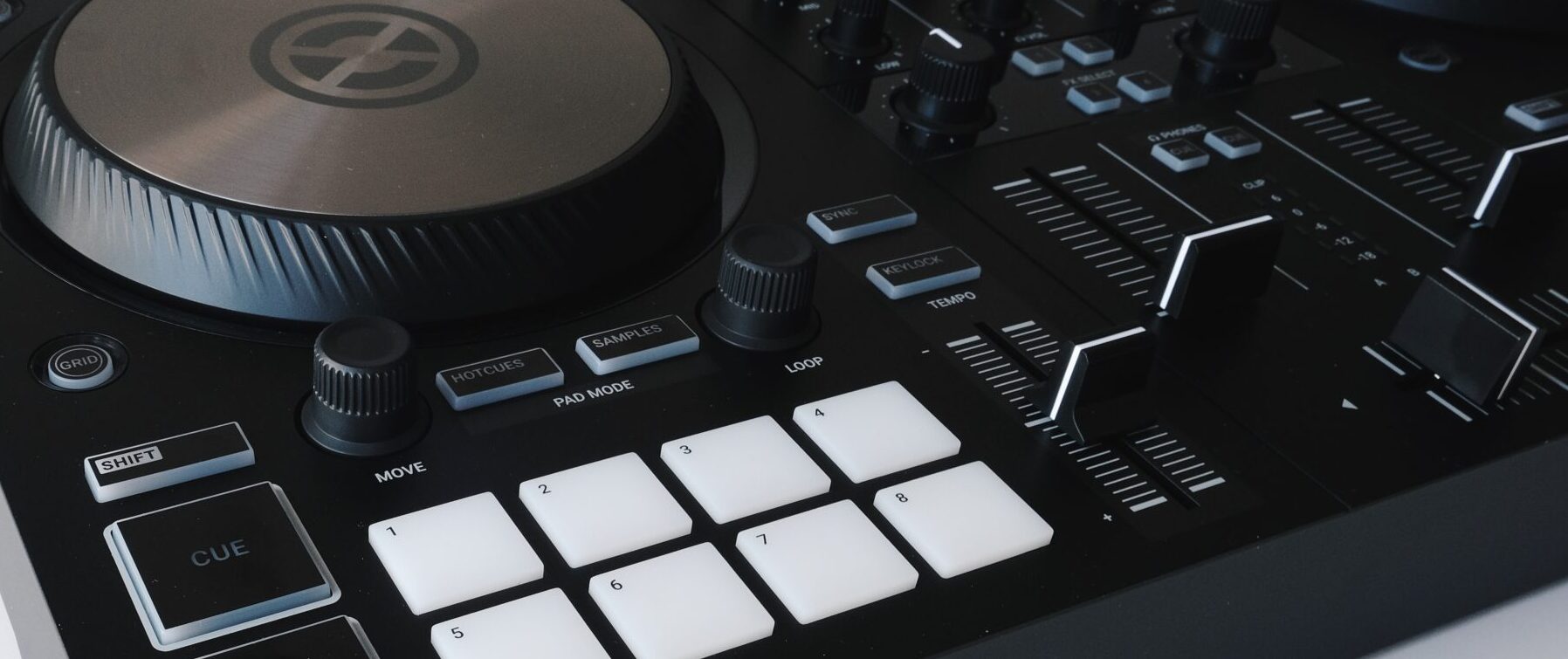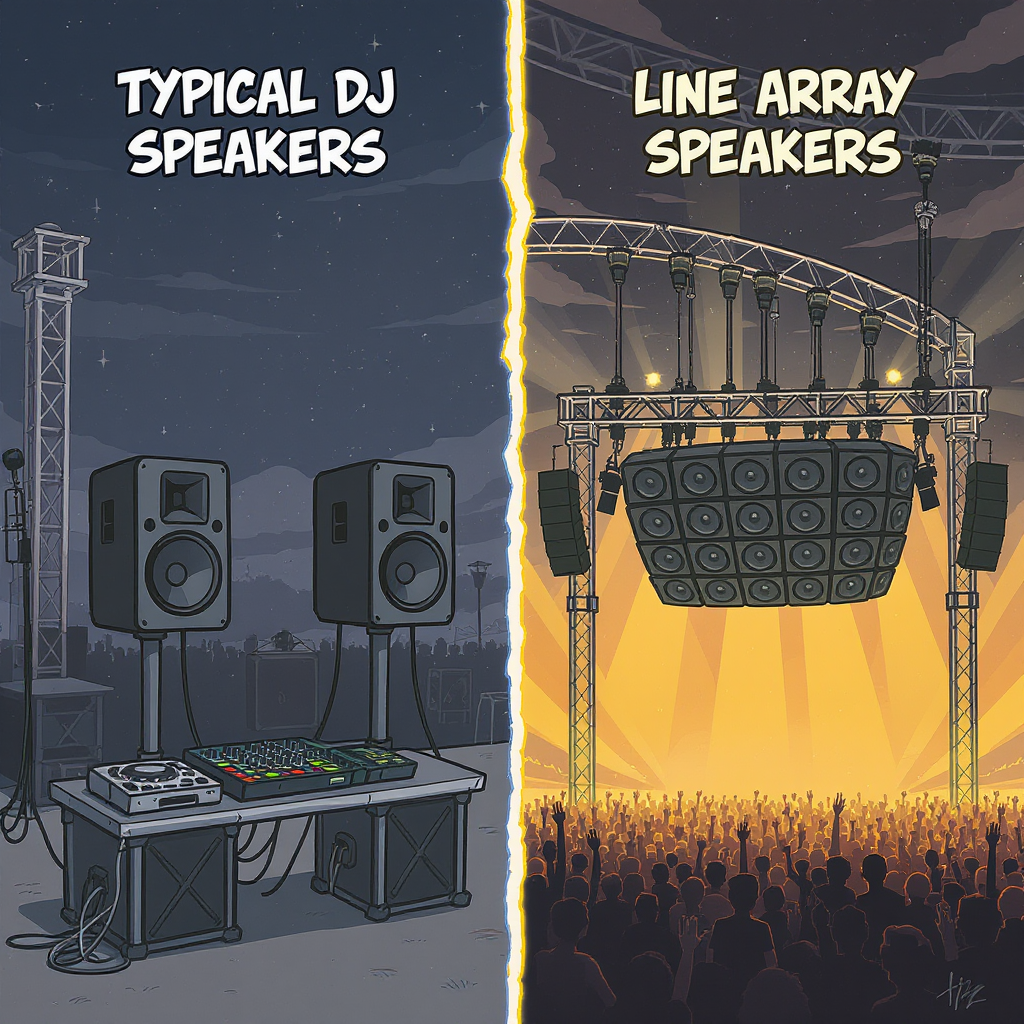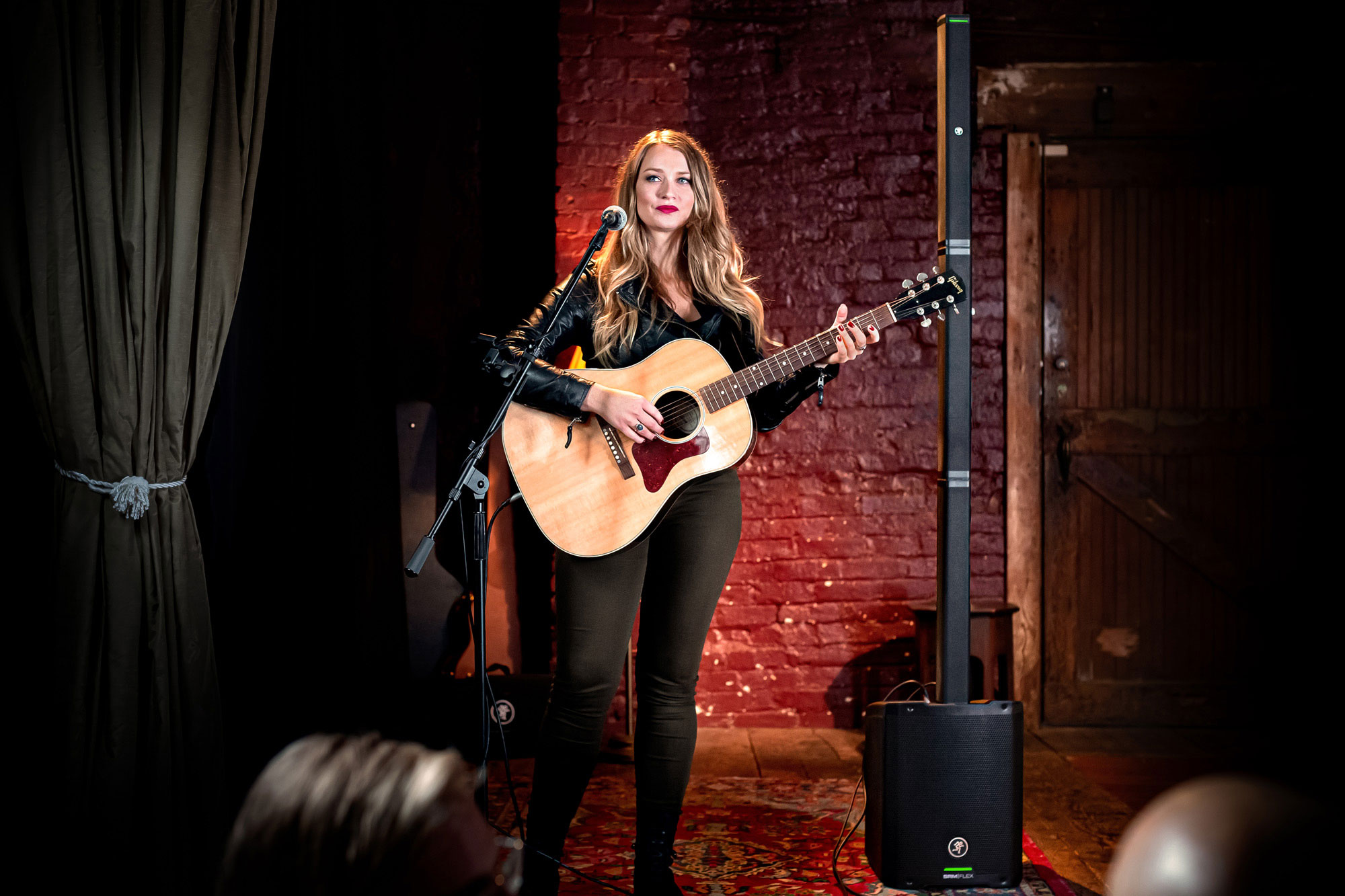When it comes to playing the perfect sound for your audience, understanding the difference between typical DJ single-point speakers and DJ speaker array systems is essential. Single-point speakers emit sound outward from one location. This approach works well for smaller crowds or intimate venues. However, as the crowd grows, the sound intensity decreases quickly the farther you move away, leading to uneven audio experiences.

In contrast, DJ speaker arrays, like those found at RCF, use multiple speaker units arranged vertically in a line. This setup is based on the science of sound wave propagation and interference. When speakers are stacked and fed signals in phase, their sound waves combine constructively. This creates a focused, coherent wavefront that travels further and maintains consistent intensity over larger distances. As a result, a speaker array ensures the sound pressure level (SPL) drops more slowly with distance compared to single-point speakers.
Science Behind DJ Speaker Array Systems
To explain the science briefly: typical single-point speakers produce spherical sound waves that spread out in all directions. Because of this, sound intensity drops off sharply — about 6 decibels (dB) every time the distance doubles. On the other hand, a properly designed line array emits sound in a more cylindrical wavefront. The SPL only decreases by about 3 dB when the distance doubles, effectively doubling the area covered with clear, strong sound.

DJ Speaker Array Systems Scenarios
For example, imagine a DJ playing at a small club with a single large speaker. People close to the speaker hear clear, loud music, but those farther away struggle with volume and clarity. Now, consider the DJ at an outdoor festival with a large crowd. A single-point speaker would fail to deliver consistent sound to all attendees. However, a DJ speaker array helps by projecting sound more evenly throughout the crowd, ensuring everyone from front to back enjoys high-quality audio.

Besides improving coverage, speaker arrays offer better control over sound direction. DJs can angle each speaker in the array to minimize reflections and unwanted echoes, which often muddy the sound in large venues.
Conclusion
In summary, for larger crowds and venues, DJ speaker arrays are a superior choice. They leverage sound wave physics to deliver clearer, louder, and more consistent audio than traditional single-point speakers. This makes them invaluable for professional DJs seeking an enhanced listening experience for every audience member. If you have questions about the audio for your next event, make sure to contact AURA DJ.






